
A New View of the Universe: JWST’s First Images

The first science images from JWST have finally been released! The spacecraft was launched in December 2021. It reached the Earth’s L2 Lagrange point (about one million miles away) and began deploying and calibrating its instruments. After decades of planning and hard work, the world can now see the fantastic results.
What makes JWST different from its predecessor, the Hubble Space Telescope?
A couple of things, its size and wavelength sensitivity. JWST is significantly larger, so it can resolve finer detail and see fainter objects. It is also primarily an infrared telescope, which will allow it to see the most distant galaxies and measure warm materials, like the gas and dust between stars. So, the color images are not visible light, like what your eyes can see, but the energies of the light are still correlated in the same way. For example, red is cooler and less energetic, while blue is hotter and more energetic.
What did these first science images show us?
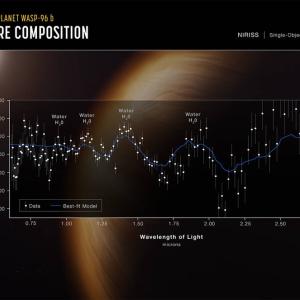
WASP-96b: The most detailed transmission spectrum of the atmosphere of a planet in another solar system!
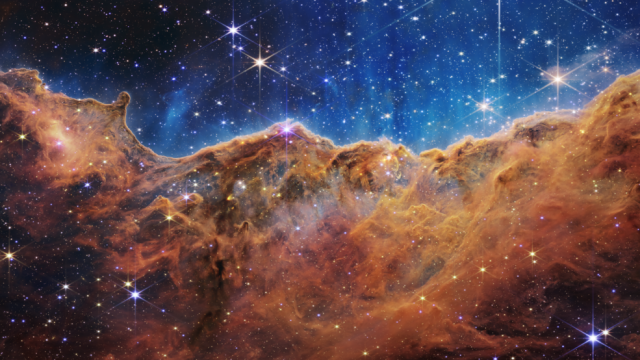
Carina Nebula: Previously invisible regions of stars being born!
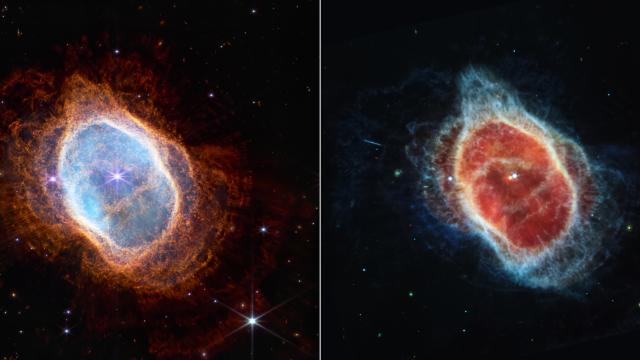
Southern Ring Nebula: Insight into how low-mass stars (like the Sun) shed their outer layers at the end of their lives, turning them into objects known as planetary nebulae!
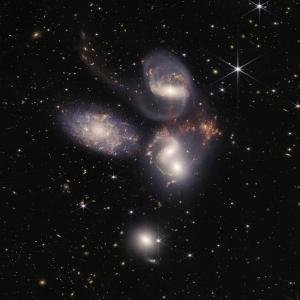
Stephan’s Quintet: Fine details of how galactic interactions can trigger star formation!
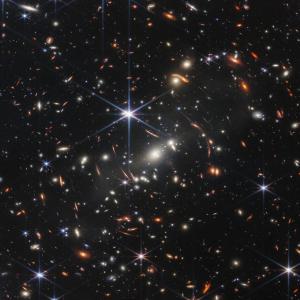
SMACS 0723: Thousands of galaxies, some visible as gravitationally lensed arcs, located in a patch of sky the size of a grain of sand seen at arm’s length! And a new record-holder for the most distant galaxy spectrum ever obtained, at 13.1 billion light-years away!
More astronomers will receive their data from JWST, so watch for more exciting results. Astronomers will benefit from this data for decades to come. Congratulations to the entire JWST team, may it last as long as Hubble, which is still working after 32 years!
Wishing you clear skies!
Follow JWST on social media for more news!
Media resources
https://www.nasa.gov/webbfirstimages
https://www.flickr.com/photos/nasawebbtelescope/albums/72177720300469752
